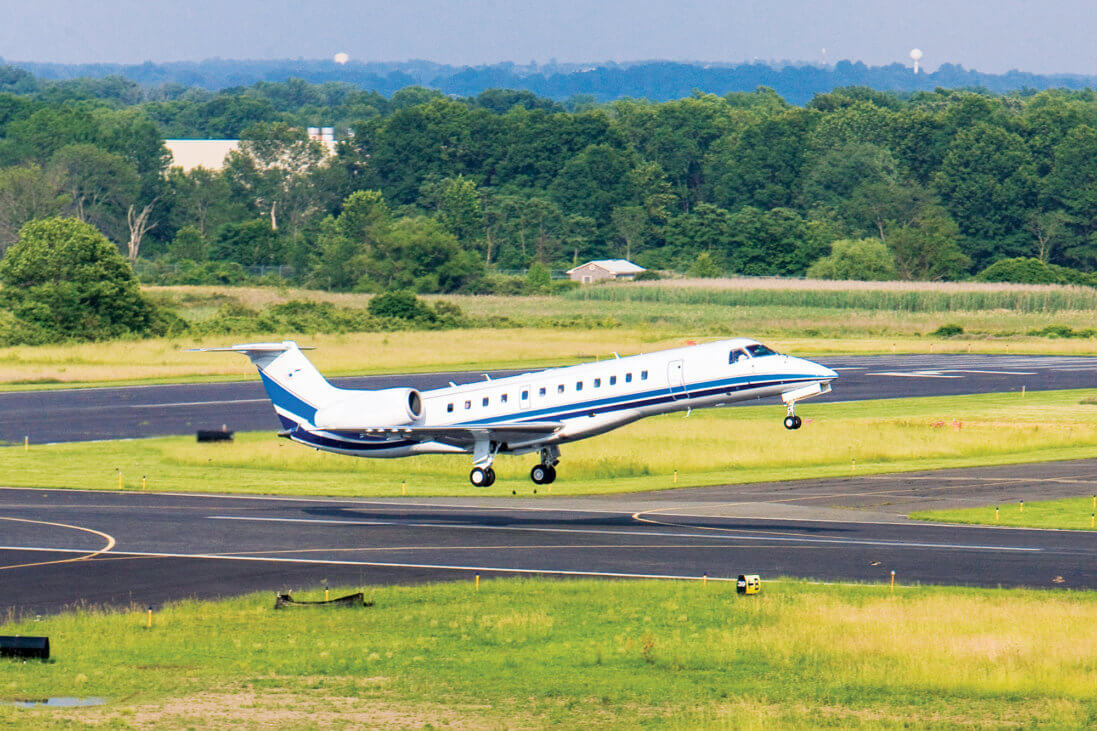
April 4, 2019
Representatives from NBAA recently met with officials from the European Aviation Safety Agency (EASA) in Cologne, Germany to discuss Safety Assessment of Foreign Aircraft (SAFA) inspections on U.S.-registered business aircraft operating in Europe. The discussions included the ongoing Minimum Equipment List (MEL) issue, concerns with U.S. licenses and other frequent SAFA findings.
MELs
At the meeting, NBAA raised concerns about the lack of acceptance of D095 MELs, and the resulting safety findings on U.S. operators. EASA officials reiterated that once the FAA conveys a plan to bring the U.S. MEL approval process into compliance with ICAO standards, they will cease to issue findings. In the meantime, if the operator is compliant with the current D095, inspectors will issue Category 2 findings, which will allow the operator to continue with their flight, but a finding report will be sent to the FAA, which is aware of the issue.
NBAA continues to urge the FAA to expedite a resolution to the ongoing MEL issue amid these findings. Meanwhile, operators acquiring new aircraft who anticipate traveling to Europe should consider applying for the more rigorous D195 MEL. Other operators are encouraged to ensure compliance with all four aspects of the current D095 MEL; the FAA D095 LOA; PL-36; a maintenance and operating procedures document and the MMEL but wait till the FAA devises their new policy to apply for D195 to avoid overloading FSDOs.
Licensing Concerns
Also at the meeting, EASA officials raised concerns that FAA licenses don’t contain a date of validity, as required by ICAO. The ability to exercise the rights and privileges of a U.S. license is tied to recency of experience and training, which can be validated by viewing a logbook or recent training certificate.
In order to show currency and license validity, crews are encouraged to take copies of their logbook and most recent training certificates.
Other Frequent Findings
Other SAFA inspection items on which U.S. flight crews need to remain vigilant include in-flight planning and loose objects in the cabin. Recent inspections have resulted in findings for multiple business aircraft operators when crews determined an alternate is required en route or revised their alternate. Upon landing at the primary destination, inspectors discovered that the planned alternate was not suitable, because it is a military airport or other limitations. Should the aircraft have needed to divert, it would have been unable to land at the selected airport.
Additionally, inspectors in the cabin found loose catering items, serving trays or unkept bedding that could have become a projectile or prevented access to an emergency exit in the event of an accident. Crews are encouraged to ensure objects in the cabin are stored or for landing and emergency paths remain clear of blankets and other items.


 International Business Aviation Council Ltd.
International Business Aviation Council Ltd.